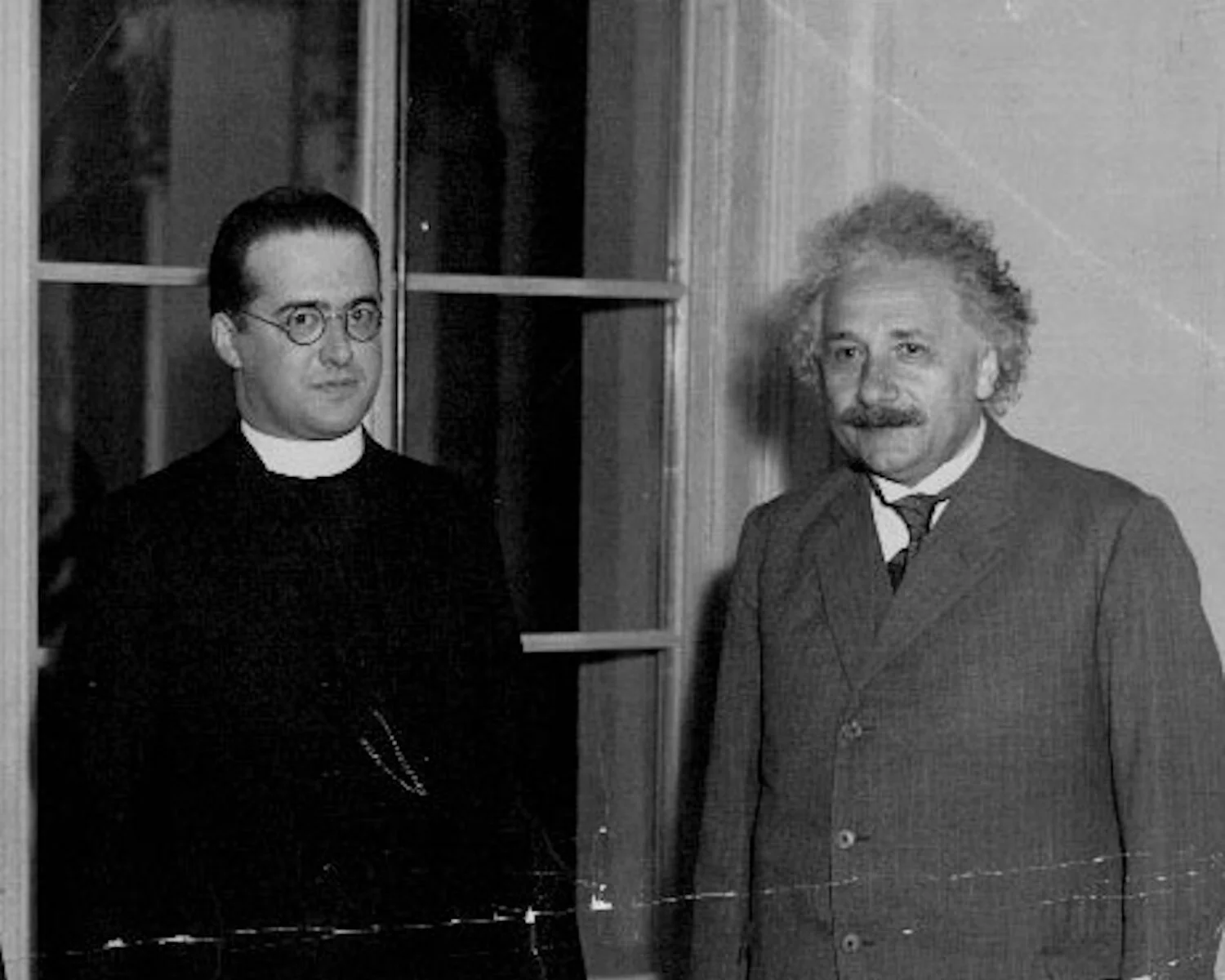Chaos to Cosmos: The Big Bang Theory
Written By: Arman Momeni
The observable universe spans 93 billion light-years across. Our universe is ever expanding, but 13.8 billion years ago it was incomprehensibly small. This article from Science ReWired explores the origin of the universe detailing how our world began and the incredible conditions that allowed for such an unbelievable formation of the universe; welcome to the big bang theory.
Our universe is 13.8 billion years old, but it hasn’t always looked as stunning as it is now. Matter has not always been in perfect spherical shapes such as the sun, the earth, the moon, and other stars. It took a long time for this process to unfold, and it all began with the Big Bang. You have most likely heard of the big bang theory, but may not know the insanity that falls behind the theory, and the unhinged logic behind it. Before we start, we must understand that the big bang theory is not 100% proven; scientists were not around 13.8 billion years ago to observe the creation of the universe, and therefore can neither confirm nor deny the Big Bang. It is important to note, however, that theory can be strikingly accurate, and in the case of the big bang theory, there is strong evidence for its existence. Every single test that scientists have thrown at the insane theory has come back in favour of the existence of the Big Bang, so the odds are, we can trust this theory, but we can never be 100% certain.
Einstein’s theory of General Relativity, published in 1915, denoted the existence of a force, known as the Cosmological Constant, which opposed the force of gravity. At the time, Einstein was embarrassed of this component of his theory, calling it his greatest blunder; however, his theory for a force opposing gravity was later confirmed. In 1927, Georges Lemaitre – a brilliant physicist who obtained his PhD from the Massachusetts Institute of Technology – published an unrecognized paper, which provided a solution to the equations of General Relativity and was in favor of an expanding universe. During the 1930s, Edwin Hubble, another brilliant mind, used the world’s largest telescope and showed that distant galaxies appeared to be moving away from us. After Hubble’s discovery, Lemaitre’s paper became recognized, and together, with Hubble, he was able to prove that the universe was indeed expanding.
Georges Lemaitre (right) and Albert Einstein (left)
Once It was established that the universe was expanding, Lemaitre began to think of a logical beginning. He pondered and proposed that if the universe was expanding, then it must have originated at a finite point in time. The universe must have been smaller in the past, and therefore there should have been a point in time where all the matter in the universe, everything we know and love, would have been densely packed together in an extremely small space. Lemaitre argued that the entirety of the universe was initially a single particle, a so called “primeval atom,” which disintegrated in an explosion and marked the start of all space and all time.
The Big Bang is quite difficult to comprehend, one can barely picture the entirety of the Earth being condensed into a particle, let alone the entirety of the universe, which spans billions of light years. Nonetheless, the big bang theory has persisted, and the basics of it are quite simple. However, it is important to note that the “primeval atom” did not last for a long time. This singularity almost instantly exploded, and matter was shot outwards across the universe at speeds faster than the speed of light. This was a period of cosmic inflation and lasted only a mere fraction of a second.
Once this period of cosmic inflation came to a sudden halt, the more sensible descriptions of the Big Bang persisted. A flood of matter and radiation started to populate the universe, and space was filled with all the fun stuff we know today (particles and atoms, which comprise everything we know). Within a second, the universe contained a vast array of particles such as neutrons, protons, and electrons. The interesting thing, however, is that this array of particles would have been impossible to see, because it could not hold any visible light; all the free electrons caused photons (light particles) to scatter, but overtime as the electrons formed with protons and neutrons to create atoms, the cosmos started to become a visible wonder. While the process of the singularity imploding took less than a second, the process of atoms forming took around 380,000 years, which means that the universe was essentially invisible for almost the first 400,000 years of its existence.
All this being said, our universe is still a haven for mystery and exploration; there is so much that is unknown and so much that is still left to be figured out. While scientists are almost certain on the creation of the universe, there is a lot of uncertainty on the universe’s ultimate end.
Explore the ending of the universe, the quantum world, and more science here at Science ReWired!
Works Cited:
Williams, M. (2015, December 18). What is the Big Bang Theory?. Phys.org. https://phys.org/news/2015-12-big-theory.html
Howell, E., & May, A. (2022, January 10). What is the Big Bang Theory?. Space.com. https://www.space.com/25126-big-bang-theory.html
Georges Lemaitre: Father of the big bang: AMNH. American Museum of Natural History. (n.d.-a). https://www.amnh.org/learn-teach/curriculum-collections/cosmic-horizons-book/georges-lemaitre-big-bang#:~:text=According%20to%20the%20Big%20Bang,of%20the%20Big%20Bang%20theory.
